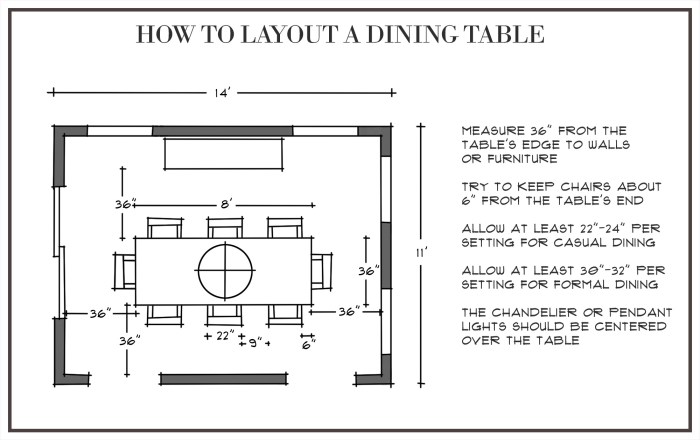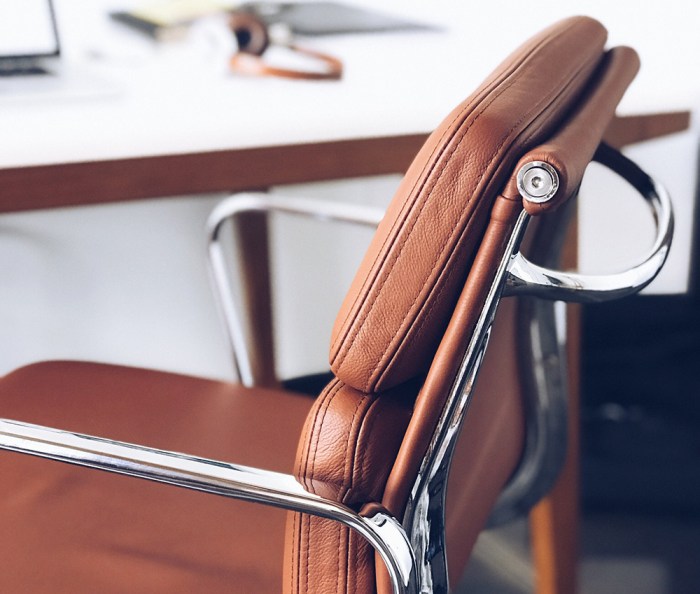Introducing the topic of backpacks behind chairs (las mochilas / detrás de / las sillas), this discourse delves into the multifaceted aspects of this common practice in educational settings. From space optimization to safety concerns and aesthetic considerations, we unravel the implications and offer practical solutions for classrooms and other small areas.
The subsequent paragraphs provide a thorough examination of the topic, addressing various perspectives and offering valuable insights.
School Environment

In a typical classroom, backpacks are arranged behind chairs to maximize space and maintain order. This practice has become a common sight in educational institutions, with students utilizing the space behind their chairs as a designated area for their backpacks.
Benefits
The arrangement of backpacks behind chairs offers several advantages:
- Space Optimization:Backpacks placed behind chairs free up valuable floor space, creating a more spacious and organized learning environment.
- Accessibility:Students can easily access their backpacks without having to move around or disrupt the class, ensuring minimal distractions during lessons.
- Order and Discipline:Assigning a specific location for backpacks fosters a sense of order and discipline in the classroom, reducing clutter and promoting a conducive learning atmosphere.
Drawbacks
While the practice of placing backpacks behind chairs provides certain benefits, it also has some potential drawbacks:
- Limited Access:In some cases, students may have difficulty reaching their backpacks if they are positioned too far behind their chairs, especially for younger children or those with limited mobility.
- Trip Hazard:If backpacks are not placed securely, they can become a tripping hazard, posing a safety risk to students and staff.
li> Hygiene Concerns:Backpacks can accumulate dirt and debris throughout the day, which can be transferred to the chairs and surrounding area, raising hygiene concerns.
Space Optimization

Placing backpacks behind chairs is an effective strategy to optimize space in classrooms or other confined areas. It frees up valuable floor space that can be used for other activities or equipment.
To organize backpacks efficiently, consider implementing the following strategies:
Hanging Hooks
- Install hooks on the back of chairs or on the walls, providing students with designated spots to hang their backpacks.
- This keeps backpacks off the floor and organized, preventing clutter and potential tripping hazards.
Under-Chair Storage
- Utilize the space under chairs by installing baskets or shelves.
- This allows students to store their backpacks and other belongings out of sight, creating a more spacious and organized learning environment.
Vertical Stacking, Las mochilas / detrás de / las sillas
- Encourage students to stack their backpacks vertically, either on the floor or on designated shelves.
- This maximizes vertical space and minimizes the footprint of backpacks, creating a more spacious classroom.
Safety and Accessibility

Backpacks placed behind chairs can pose safety hazards in a school environment. Students may trip over them, especially in narrow aisles or when moving around the classroom. Additionally, backpacks can obstruct pathways, making it difficult for students and teachers to move freely.
To ensure safety and accessibility, backpacks should be placed in a way that minimizes the risk of tripping or obstruction. One way to achieve this is to have students hang their backpacks on the back of their chairs or store them in designated storage areas.
Designated Storage Areas
- Clear designated areas for backpacks, such as shelves, cubbies, or racks, can help keep backpacks organized and out of the way.
- These areas should be easily accessible to students and teachers, but not so close to the chairs as to create a tripping hazard.
Classroom Aesthetics

The presence of backpacks behind chairs can significantly impact the overall appearance of a classroom. When backpacks are strewn about haphazardly, they create a sense of clutter and disorganization. This can make the classroom feel cramped and uninviting, detracting from the learning environment.
To maintain a visually appealing classroom, it is crucial to implement strategies for organizing backpacks in an orderly manner. This can be achieved through the use of designated storage areas, such as shelves or cubbies, where students can neatly store their backpacks during class time.
Designated Storage Areas
- Shelves:Install shelves along the walls or in unused corners of the classroom to provide ample space for backpack storage.
- Cubbies:Incorporate cubbies into the classroom design, assigning each student a specific cubby to store their backpack.
- Under-Desk Storage:Utilize the space beneath student desks by installing drawers or baskets where backpacks can be stowed.
By implementing these organizational measures, classrooms can maintain a clean and organized appearance, fostering a positive and conducive learning environment.
Alternative Storage Solutions: Las Mochilas / Detrás De / Las Sillas

To optimize space and improve accessibility in classrooms, alternative storage solutions for backpacks are essential. These solutions aim to keep backpacks organized and out of the way, while ensuring easy access for students.
One common alternative storage solution is overhead racks. These racks are mounted high on the walls or ceiling, providing ample space for backpacks to be stored vertically. Overhead racks help maximize floor space and minimize clutter, creating a more spacious and organized learning environment.
Designated Storage Areas
Another alternative storage solution is designated storage areas. These areas can be created within the classroom or in adjacent spaces, such as hallways or closets. Designated storage areas provide students with specific spaces to store their backpacks, ensuring they are not scattered around the classroom or left on the floor.
Designated storage areas can be designed in various ways, such as cubbies, lockers, or shelves. Cubbies are small, individual compartments that can be assigned to each student, providing a secure and organized space for their belongings. Lockers offer a more secure storage option, as they can be locked to protect valuable items.
Shelves provide a flexible storage solution, allowing students to stack their backpacks vertically or horizontally.
Questions Often Asked
What are the potential hazards of placing backpacks behind chairs?
Backpacks behind chairs can create tripping hazards, obstruct pathways, and hinder access to desks and equipment. Proper placement and organization are crucial to minimize these risks.
How can backpacks be organized behind chairs to maximize space?
Hanging backpacks on the back of chairs, using stackable bins or shelves, and employing vertical storage solutions can effectively utilize vertical space and optimize classroom layout.
What are alternative storage solutions for backpacks in classrooms?
Overhead racks, designated storage areas, under-desk organizers, and wall-mounted hooks provide alternative options to store backpacks, offering flexibility and customization to suit classroom needs.
